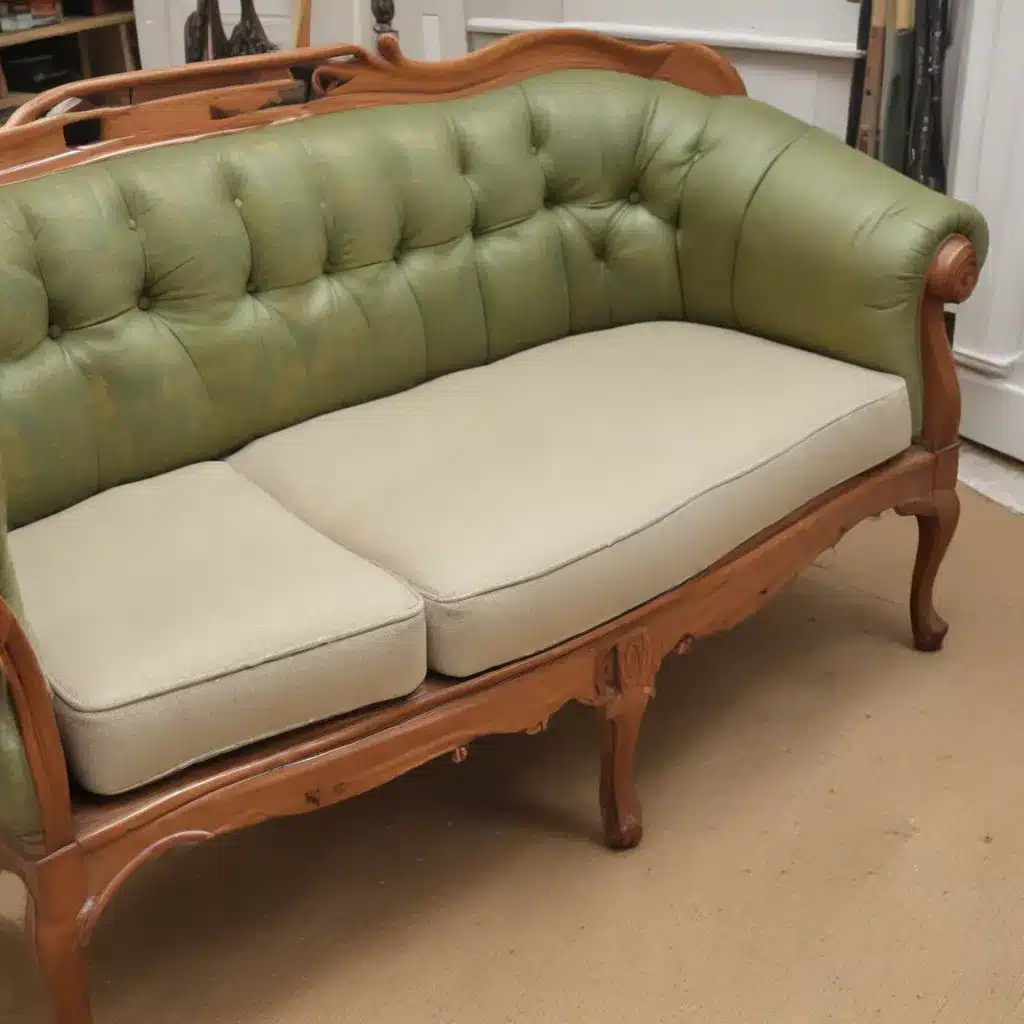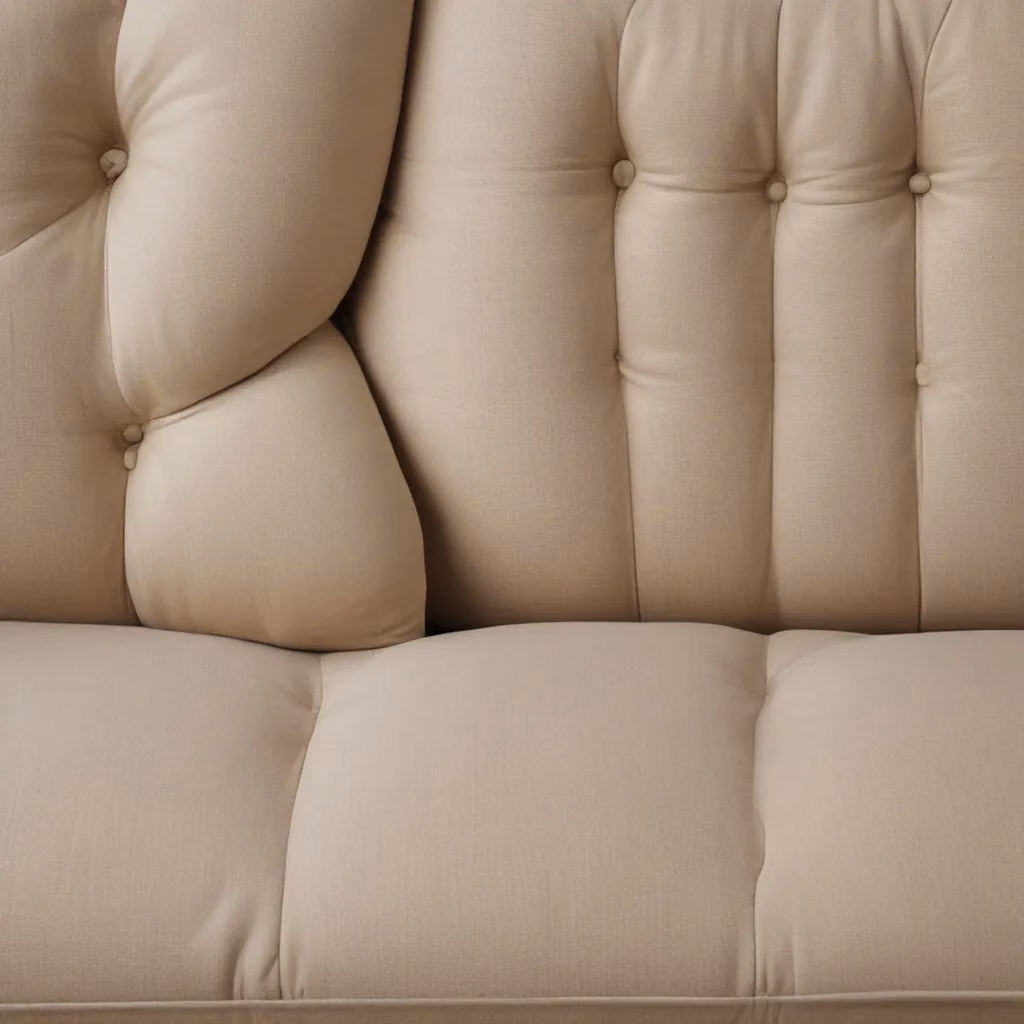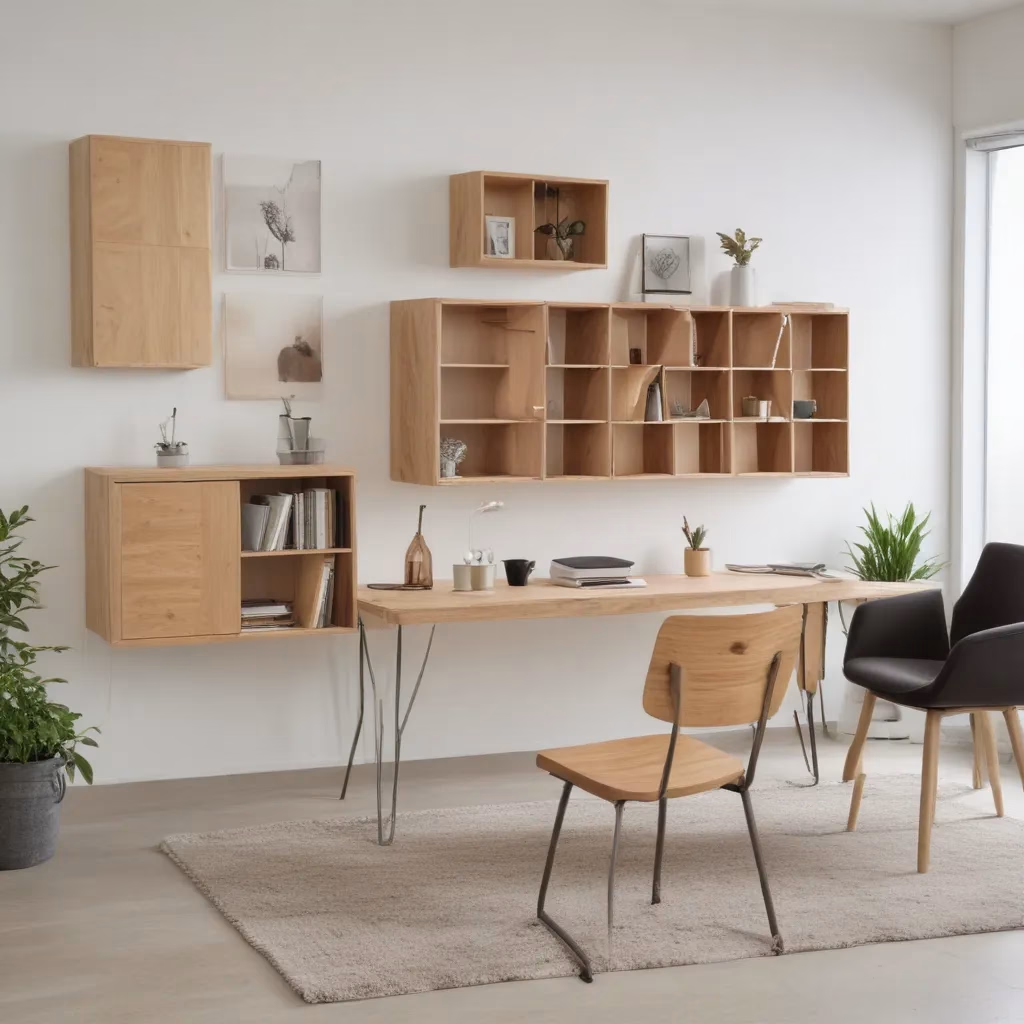
Reviving the Charm of Timeless Sofas: A Guide to Restoring Vintage Frames
In the ever-evolving world of furniture design, there’s something truly captivating about the enduring allure of vintage sofas. These timeless pieces, with their intricate craftsmanship and classic lines, have the power to transform a living space, evoking a sense of nostalgia and elegance. However, as these beloved sofas age, they may encounter a common issue – loose and wobbly joints.
Addressing these structural concerns is crucial for preserving the integrity and comfort of your vintage sofa. Fortunately, with a few simple techniques and a keen eye for detail, you can breathe new life into your cherished furniture, restoring both its structural stability and its timeless charm.
Understanding the Anatomy of Vintage Sofa Frames
To effectively tackle the challenge of loose and wobbly joints, it’s essential to understand the underlying framework of vintage sofa construction. Traditionally, these sofas were built using solid hardwood frames, often featuring mortise-and-tenon joints, dowels, or other time-tested joinery methods.
Over time, the constant use, weight, and environmental factors can take a toll on these joints, leading to looseness and instability. The wood may swell, shrink, or become worn, compromising the tight fit that once held the frame together.
Identifying the Root Causes
Before embarking on the restoration process, it’s crucial to identify the specific causes of the looseness and wobble in your vintage sofa. Here are some common culprits:
-
Worn Joints: The mortise-and-tenon joints or dowel connections may have become worn over time, causing the parts to no longer fit snugly together.
-
Loose Screws or Fasteners: Over the years, the screws or other fasteners holding the frame together may have become loose, leading to instability.
-
Damaged Wood: Cracks, splits, or other structural issues in the wooden frame can compromise the integrity of the joints, resulting in a wobbly sofa.
-
Misalignment: If the frame was previously repaired or reassembled incorrectly, the components may no longer be properly aligned, contributing to the overall instability.
Understanding the specific causes of the problem will help you choose the most appropriate repair techniques to address the issue effectively.
Techniques for Repairing Loose and Wobbly Joints
To restore the structural integrity of your vintage sofa, consider the following techniques:
1. Tightening and Reinforcing Joints
If the joints have simply become loose over time, start by carefully tightening any screws or fasteners that secure the frame. This may involve using specialized tools, such as a furniture-specific screwdriver, to ensure a secure grip.
In some cases, you may need to disassemble the affected joints and apply wood glue or epoxy to the surfaces before reassembling them. This will help create a stronger, more durable bond and prevent future loosening.
2. Replacing Worn Components
If the joints are beyond repair due to significant wear and tear, it may be necessary to replace the damaged components. This could involve replacing the mortise-and-tenon joints, installing new dowels, or even sourcing replacement wooden parts to restore the frame’s structural integrity.
When sourcing replacement parts, it’s essential to find materials that closely match the original construction and wood type to ensure a seamless and visually cohesive repair.
3. Reinforcing with Brackets or Plates
In some instances, the frame may require additional reinforcement to address persistent looseness or wobble. Consider installing sturdy metal brackets, L-shaped plates, or corner braces at strategic points on the frame to provide extra stability and support.
These reinforcements can be discreetly integrated into the design, ensuring that the vintage aesthetic is preserved while improving the overall structural strength of the sofa.
4. Addressing Underlying Structural Issues
If the looseness or wobble is due to more significant structural problems, such as cracks, splits, or misalignment in the wooden frame, more extensive repairs may be necessary. This could involve carefully repairing or replacing damaged wood sections, realigning the frame components, or even consulting a professional furniture restoration specialist for guidance.
Maintaining the Vintage Charm
As you embark on the journey of restoring your vintage sofa, it’s essential to strike a delicate balance between preserving the original character and addressing the practical concerns. Here are some tips to help you maintain the timeless appeal of your treasured furniture:
-
Prioritize Authenticity: Whenever possible, opt for repair techniques and materials that closely match the original construction methods and materials used in the sofa’s creation. This helps to ensure a seamless and harmonious restoration.
-
Embrace Patina: The aged and weathered appearance of vintage sofas is part of their charm. Avoid overly aggressive cleaning or refinishing that may strip away the natural patina and character of the wood.
-
Accentuate the Vintage Aesthetic: Consider complementing the restored sofa with other vintage-inspired decor elements, such as classic accessories, antique-inspired lighting, or timeless textiles. This will help to create a cohesive and harmonious interior design scheme.
-
Invest in Quality Upholstery: If the sofa’s upholstery also requires attention, choose high-quality fabrics that echo the period and style of the vintage piece. This will help to preserve the overall aesthetic and enhance the comfort of your restored sofa.
By embracing the unique character of your vintage sofa and prioritizing thoughtful restoration techniques, you can breathe new life into your treasured furniture, ensuring that it remains a timeless centerpiece in your living space for years to come.
Incorporating Vintage Sofas into Modern Spaces
While the allure of vintage sofas lies in their ability to evoke a sense of nostalgia and timeless elegance, they can also be seamlessly integrated into contemporary interiors. By carefully balancing the old and the new, you can create a harmonious and visually striking design that celebrates the past while embracing the present.
One effective strategy is to pair your restored vintage sofa with modern, minimalist decor elements. This juxtaposition can create a captivating contrast, highlighting the sofa’s intricate craftsmanship and allowing it to become a focal point within the room. Complement the vintage piece with clean-lined furniture, sleek lighting fixtures, and a neutral color palette to let the sofa’s character shine.
Alternatively, you can choose to embrace a more eclectic approach, blending the vintage sofa with contemporary and mid-century modern furnishings. This creates a dynamic and layered aesthetic, where the timeless piece serves as a anchor, grounding the overall design and adding depth and character to the space.
Ultimately, the key to seamlessly integrating a vintage sofa into a modern interior is to approach the design with a keen eye for balance, proportion, and visual harmony. By carefully selecting complementary pieces and creating a thoughtful spatial arrangement, you can elevate your living space and showcase the enduring charm of your treasured vintage furniture.
Conclusion
Restoring the structural integrity of a vintage sofa is a labor of love, but the rewards are well worth the effort. By investing the time and care into repairing loose and wobbly joints, you can breathe new life into your cherished furniture, preserving its timeless appeal and ensuring its continued comfort and durability.
Whether you’re an avid collector of vintage pieces or simply seeking to infuse your living space with a touch of classic elegance, mastering the art of vintage sofa restoration can be a transformative experience. By understanding the construction, identifying the root causes of the issues, and employing the right repair techniques, you can revive the charm of your timeless furniture and create a harmonious and visually captivating interior design.
As you embark on this restoration journey, remember to embrace the unique character and patina of your vintage sofa, striking a balance between preserving its authenticity and incorporating it seamlessly into your modern living space. With patience, attention to detail, and a deep appreciation for the enduring beauty of vintage furniture, you can unlock the full potential of your treasured sofa, making it a lasting centerpiece in your home for years to come.
For more inspiration and practical tips on furniture restoration, interior design, and the latest trends in the world of sofas, be sure to visit https://sofaspectacular.co.uk/. Our comprehensive resources and expert insights will guide you through the process of transforming your living spaces and creating the perfect harmony between the old and the new.



